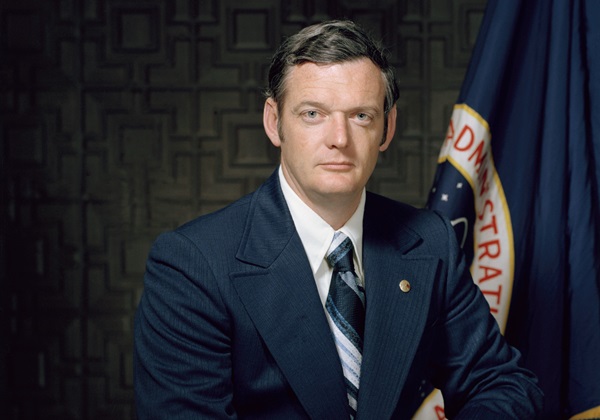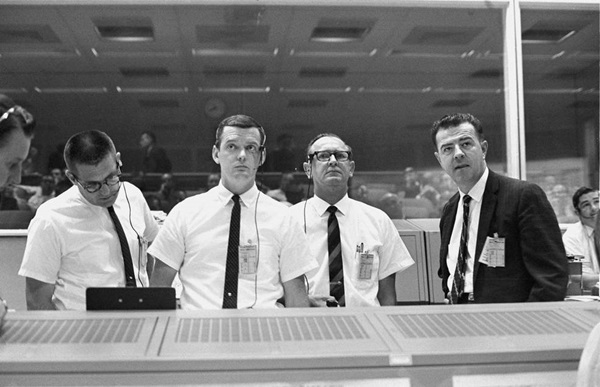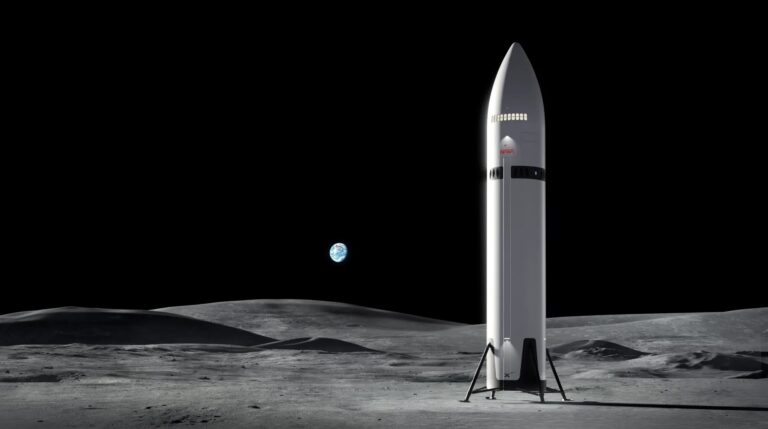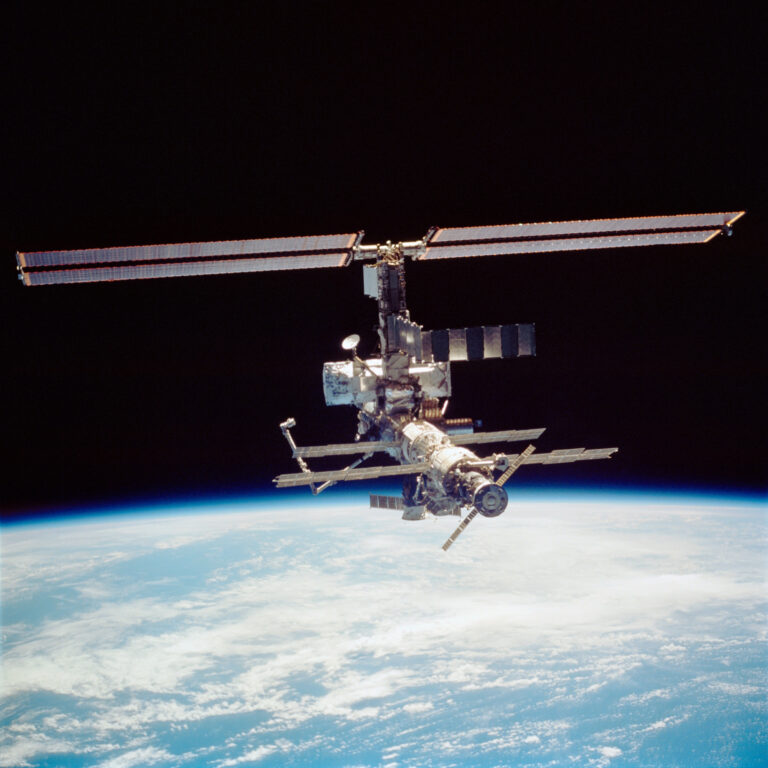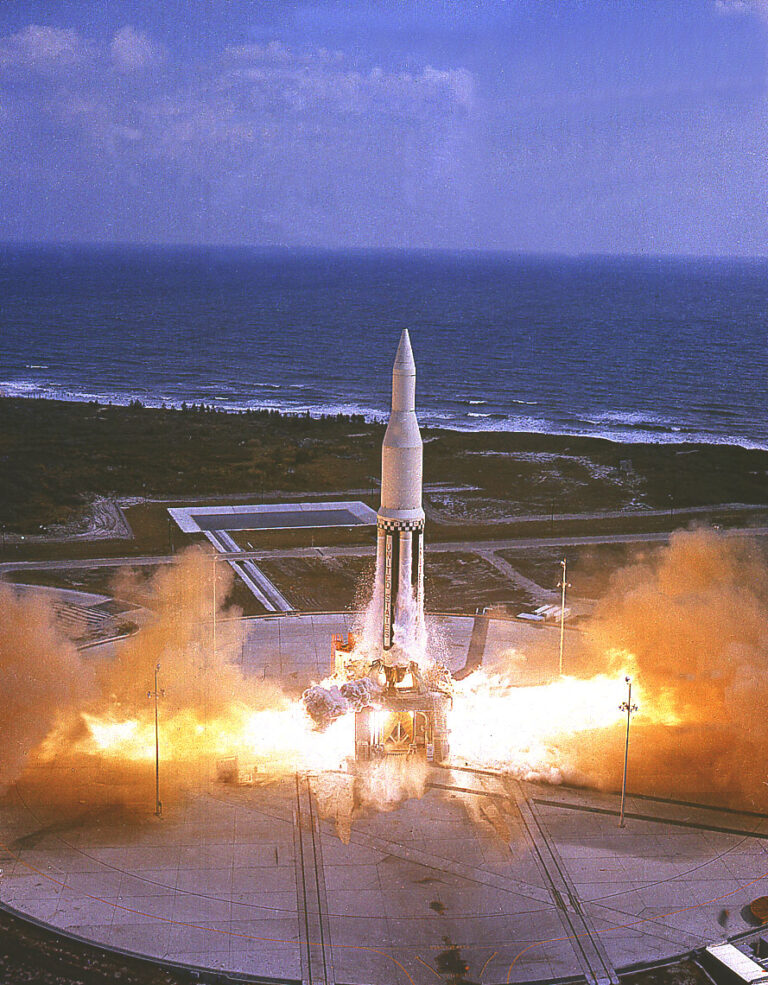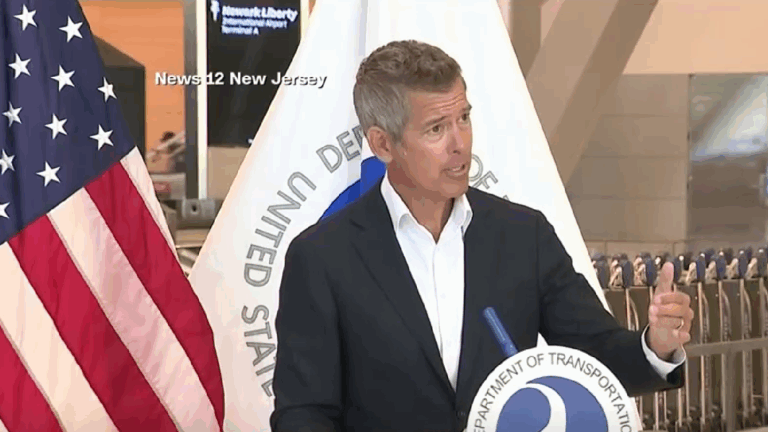Key Takeaways:
Glynn Lunney, who was one of NASA’s first employees and rose through the ranks to become an icon of Mission Control, died March 19 at the age of 84. According to reports, he had been fighting leukemia for the past several years, and he died at his home in Clear Lake, Texas.
Lunney started working for NASA’s predecessor agency, the National Advisory Committee for Aeronautics (NACA) while studying aeronautical engineering at the University of Detroit. One month after he graduated in 1958, a presidential order from Dwight Eisenhower transformed NACA into NASA. In 1959, Lunney joined the new agency’s Space Task Group as an aeronautical research engineer. At just 22 years, he was the group’s youngest member. There, he pioneered the techniques that NASA would use to calculate and track the trajectories of spacecraft.
After working as a flight controller on the Mercury program, Lunney became a flight director, leading teams of mission controllers during a dozen Gemini and Apollo missions. In 1968, he was appointed chief of the Flight Director’s Office, overseeing all of NASA’s flight directors. His fellow flight director, Gene Kranz, wrote that Lunney was “smart as a whip, boyish and trim,” and “the pioneer leader of trajectory operations, who turned his craft from an art practiced by a few into a pure science.”
Lunney remained at NASA until 1985, when he retired from his position as manager of the Space Shuttle Program, having guided it through its first four years of flight operations. He continued to work in the space industry with Rockwell International and United Space Alliance until 1998.
A starring role in NASA’s finest hour
In a NASA oral history, Lunney said that he thought of the Mission Control Centers in Florida and Houston, “as a kind of a church. It was a cathedral of sorts where we went and did what we thought was important work for our country and for humanity, and we did it in this place where we all came together and struggled, mightily at some times, with the problems that we faced and reaction response that we had to bring to the table.”
Apollo 13 provided one of the hardest tests of that spirit. Lunney and his team were preparing to start their shift at Mission Control on the evening of April 13, 1970, when an onboard oxygen tank exploded, triggering the gravest crisis in space NASA had yet faced. Confusion reigned as Lunney’s team took over from Gene Kranz’s team, but Lunney managed to lead the mission back from the brink, as he and his team developed a plan to fashion a lifeboat out of the Lunar Module to save the astronauts.
Lunney’s leadership style was “quiet and laid back,” astronaut Ken Mattingly recalled in a NASA oral history, a stark contrast to Gene Kranz, who was “crisp and precise and sometimes loud.”
“Glynn stood up and in his quiet way … he went to every position to the room and gave them a question to get back to him on. … My sense was, it didn’t matter what question he asked. It was just, get your mind on something constructive, and then it’ll all take care of itself. You could almost feel the room settle down. … [A]ll of a sudden they were back to the team that had trained with a sharp focus and a procedure that they followed.” Mattingly called Lunney’s handling of the Apollo 13 crisis “the most magnificent display of personal leadership that I’ve ever seen.”
And though Kranz got the bulk of the screen time in Ron Howard’s Apollo 13, Lunney’s role in NASA’s early days is currently being spotlighted as a character in the National Geographic series The Right Stuff.

